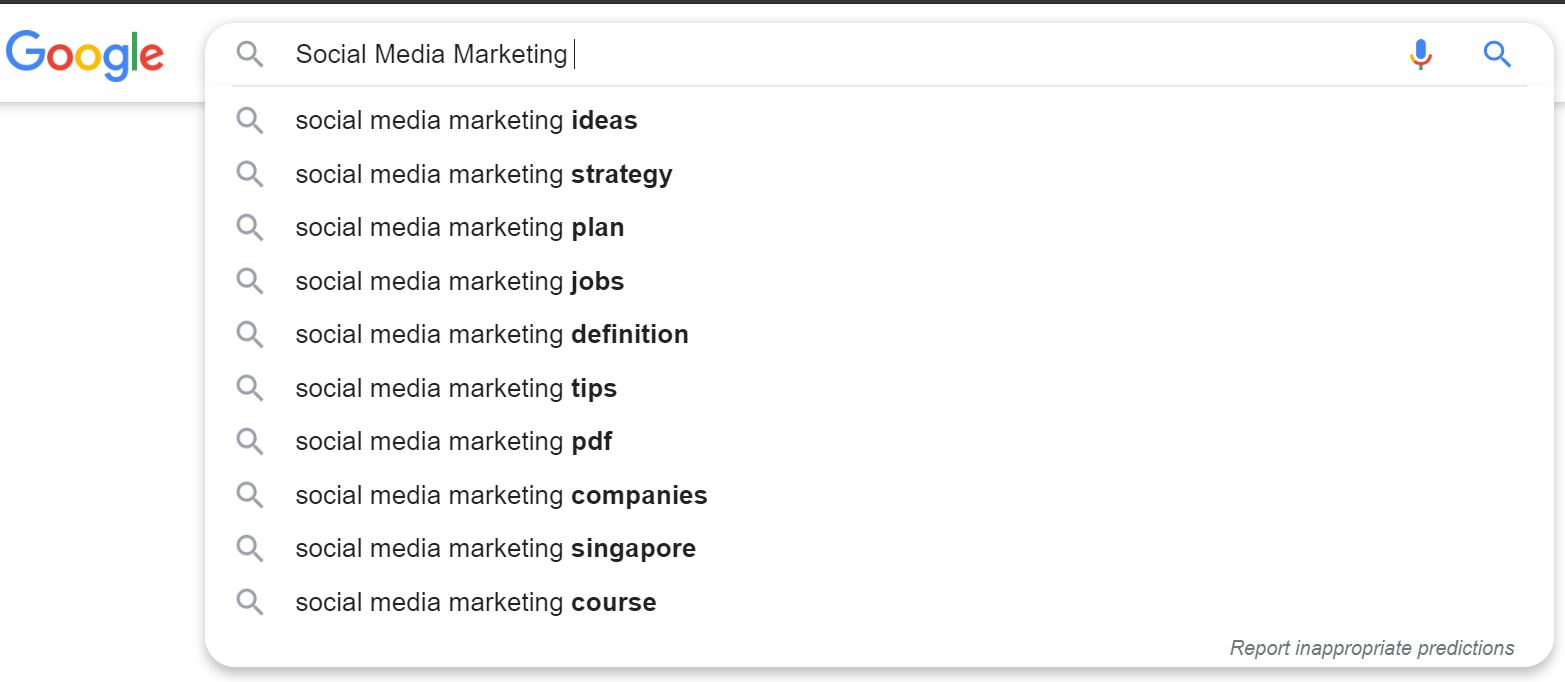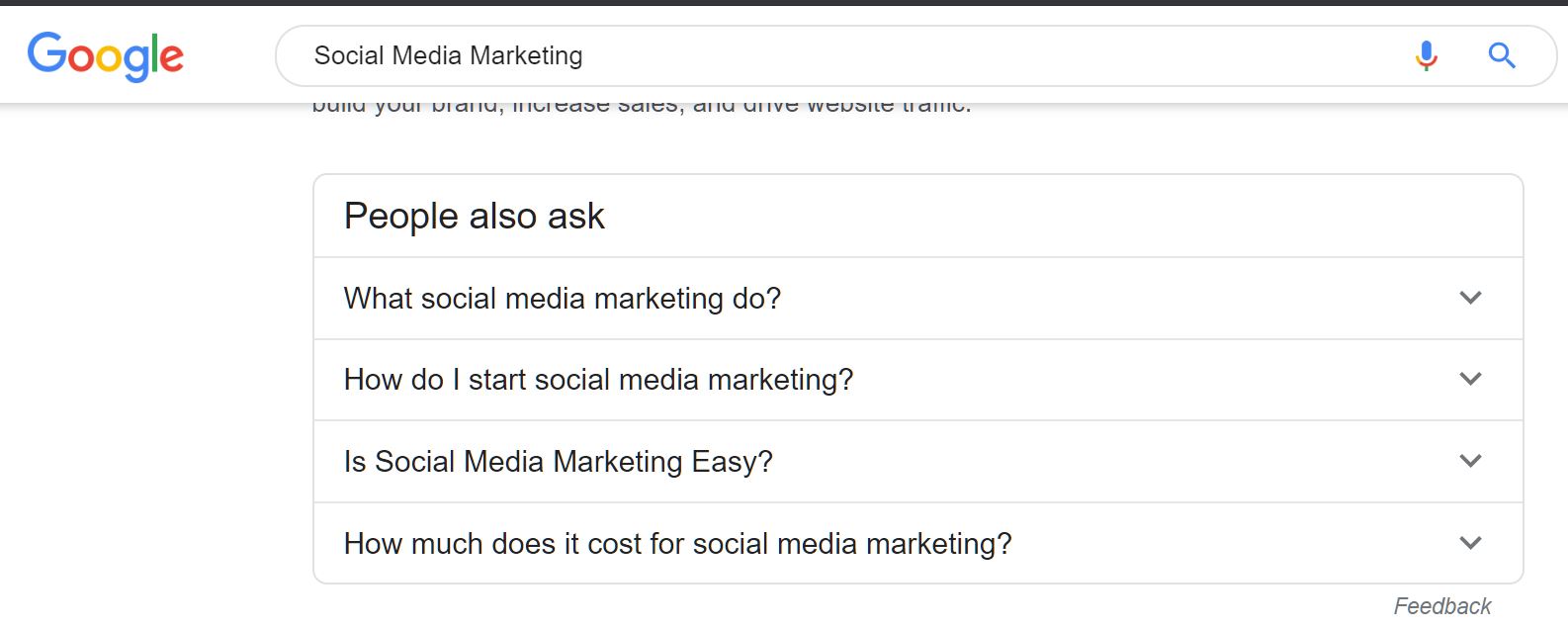
Business photo created by drobotdean – www.freepik.com
Lacking ideas for your social media marketing campaigns? Need a systematic process to curate and generate social media content ideas?
Content is the fuel that keeps social networks like Facebook, Instagram, LinkedIn, Pinterest, YouTube and Twitter alive. Instant messaging apps like WhatsApp, WeChat, Telegram and Line also depend on content to keep communication channels active and alive.
However, coming up with an endless stream of content ideas for your corporate social media channels can be a challenge.
Especially during days when your mind goes blank! (And yes, I have many of those!)
In this article, you will learn a step-by-step process for curating and generating content ideas that will help you to get through those “content humps” in your social media marketing journey.
Why You Need a Systematic Process for Social Media Content Ideas
Contrary to popular belief, the best social media marketers aren’t artistic geniuses. They do not have a tap by the side of their heads which they can “turn on” whenever they need fresh and intriguing content ideas.
Besides that, there are other reasons why you need a systematic process to curate and generate content ideas:
- You have many other marketing tasks to accomplish.
- You only have a limited amount of ideas which you can tap on—hence, it makes sense to leverage on the ideas of others.
- You will experience content fatigue (writer’s or creator’s block) at some point of time.
- Your competitors are hot on your heels—slowing down is not an option when everybody is on Facebook, Twitter, LinkedIn or other social networks.
- Your personal network of friends, family, and colleagues are limited sources of ideas.
- You have multiple brands to manage—and your boss expects you to deliver results!
Thankfully, you’ve come to the right place!
How To Generate and Curate Social Media Content Ideas
Now that you appreciate the importance of having a systematic process for content generation, let us dive into the details!
There are two main ways to do so:
- Generating content ideas on your own
- Generating content ideas with a group (eg colleagues or partners)
a) Generating Social Media Content Ideas on Your Own
For this process, we will use the following steps for content ideation and curation:
- Identify your customer’s media consumption habits
- Analyse your competitor’s top performing social media posts
- Document your personal content consumption
- Study what people are sharing on forums like Quora, reddit and others
- Use content or news aggregator websites like Alltop and Flipboard
- Browse #hashtags and topics on Twitter, Instagram and Pinterest
- Tap on Search Engine Optimization (SEO) research techniques
#1 Identify Your Customer Avatar’s Habits
Interview your potential customers and build a customer avatar:
- What are their challenges and pain points?
- What do they like to read on the web? What do they enjoy sharing on social media?
- Who are their influencers?
- What are their topics of interest?
- Which content formats do they prefer to consume? For Facebook, Instagram and Pinterest, images or videos may work best.
#2 Analyse Your Competitor’s Posts
Visit your top competitor’s social media channels like Facebook or YouTube or LinkedIn. Browse through their posts and ask yourself these questions:
- Which of the posts have the most engagements?
- Which of the videos enjoy the greater amount of views?
- Which of the posts get the most shares?
- What are the comments that their audiences write? How does your competitor respond to them?
Use a tool like the Facebook Ads Library to spy on your competitor’s ads. See what topics they focus on, how their visuals are designed, and how their copy is written in terms of tone and style.
#3 Document Your Content Consumption
Many of you read books, listen to podcasts, or watch videos on YouTube. However, few of you make an effort to document what you’ve learned.
This needs to stop.
If you want to be a kicka** social media marketer, you have to read and consume content widely—and document what you’ve learned. The material that you read should preferably be related to your trade; if you are in the hospitality business for instance, you should read travel magazines to pick up travel trends, tips and techniques.
Create a “swipe file” which can be a Google Doc or Evernote entry that you can access later, and jot down what you’ve learned as well as the source of the ideas (for crediting purposes). This same document can also be used to capture all the other learnings that you got.
#4 Study What People Post on Forums/ Groups
Online forums are the original social media platforms. Many of them still work well as sources of content ideas.
- Quora is a good source of questions that people commonly ask. You can use the search bar to find the topics most frequently associated with your industry.
- reddit is a popular forum for more trendy topics that are in the news.
- Hardware Zone’s Eat-Drink-Man-Woman is probably Singapore’s most popular online forum for virtually any topic under the Sun.
- Board Reader is a useful tool that you can use to crawl any forum out there, and to discern your topics of interest.
Beyond this, you should also check out the various social media groups like Facebook Groups, LinkedIn Groups and other online communities to see what is being shared.
#5 Use News and Content Aggregator Websites
These are platforms that curate the news and content revolving around specific topics. They are easier to navigate compared to forums, and may be organised in a more systematic fashion.
- Feedly: Allows you to aggregate news sources from around the Internet. The free plan lets you subscribe to 100 sources and create up to 3 personal feeds.
- Google News: Shows you the tops news around your region.
- AllTop: Organises content topics according to different subject matter like Entertainment, Business, Sports, Lifestyle and so on.
- FlipBoard: Allows you to customise your news sources (primarily blogs) according to your different subjects of interest.
#6 Browse #hashtags and topics on Twitter, Instagram and Pinterest
Sometimes, you just need a spark of an idea to trigger your own content ideation process. This can be a short video, an image or even a meme.
For such occasions, you may wish to search for topics on the social media “lite” platforms like Twitter, Instagram or Pinterest. All three social platforms are easy to navigate around topics.
#7 Tap on SEO Keyword Research Techniques
Social media and Search Engine Optimization (SEO) have a closely intertwined relationship. Often the topics that people will respond to on social media are also those which they will search for on Google.
To come up with social media content ideas, consider using these tools:
- Google Trends: This helps you to catch the keywords that people are using as well as their relative search volumes relative to other keywords. You can also see what’s trending in your location in the last 24 hours or so.
- Ubersuggest: This free keyword research tool has many useful features—among them is the ability to zoom in on keywords and topics that people are searching for, as well as possible questions that they may be asking.
- Keyword Tool: Yet another useful keyword research tool, Keyword Tool helps you to zoom in on what “long-tail” keyword phrases which your potential customer may be seeking answers for.
- Google Suggests and Google Answers: These are useful ways to determine the topics that your potential customers are keen in. Just look at the suggested searches that people are tapping into Google (see examples below).


b) Generating Social Media Content Ideas in a Group
What if you work in a company and have a team of people who are eager to contribute? That will be great as many heads usually work better than one.
Here’s what you should do.
#1 Appoint a Chair for the Brainstorming Session
This can be yourself or another person in your team. Make sure that the person is knowledgeable in facilitating team brainstorming sessions.
#2 Set up an Agenda for Content Ideation
Outline exactly what the session is for.
- Who are the target audiences for the content?
- What are the specific problems/ challenges that your audiences have?
- Which social media channels should we focus on?
- What is the specific time period that your content will cover?
- What is the frequency of the content to be covered?
#3 Ensure Participants are Prepared
The most unproductive brainstorming sessions are those where participants come cold. Often this results in lots of time wastage and pointless banter (which may degenerate into finger pointing later on).
To eliminate this, ensure that the individuals involved in this exercise do their part by reading part a) above! If each participant can bring along their swipe file capturing all their ideas and thoughts, the session will multiply in fruitfulness.
#4 Encourage Open Sharing—No One is to Judge Another’s Idea
The best way to spur the open sharing of ideas is to create a relaxed atmosphere where everybody is free to contribute. Chairperson’s should set the tone right here.
#5 Use Game Storming Techniques
There are many different techniques you can use to generate ideas. Here are some possibilities:
- Braindumps: This is an uninterrupted period of time where you jot down all the ideas that can possibly come to your mind. Just put them all down and use sticky notes or flip chart paper to capture them. Here it helps to have a facilitator.
- Sticky Notes: These are useful aids for people to write them down, and they can then be grouped according to the different topics and ideas and themes.
- White Board Drawing: Sometimes using a physical visual tool like a white board may work better in getting people to focus on their ideation process.
Conclusion and Next Steps
Congratulations!
You’ve managed to churn out a bunch of great content ideas for your social media platforms. With these ideas, you now have the raw material for the next stage of your social media marketing journey:
Developing a social media content plan and schedule.
Look out for this next article in the weeks ahead. I will provide a step-by-step process for doing so.
What are the biggest challenges you face in generating content ideas? How do you overcome these obstacles?
